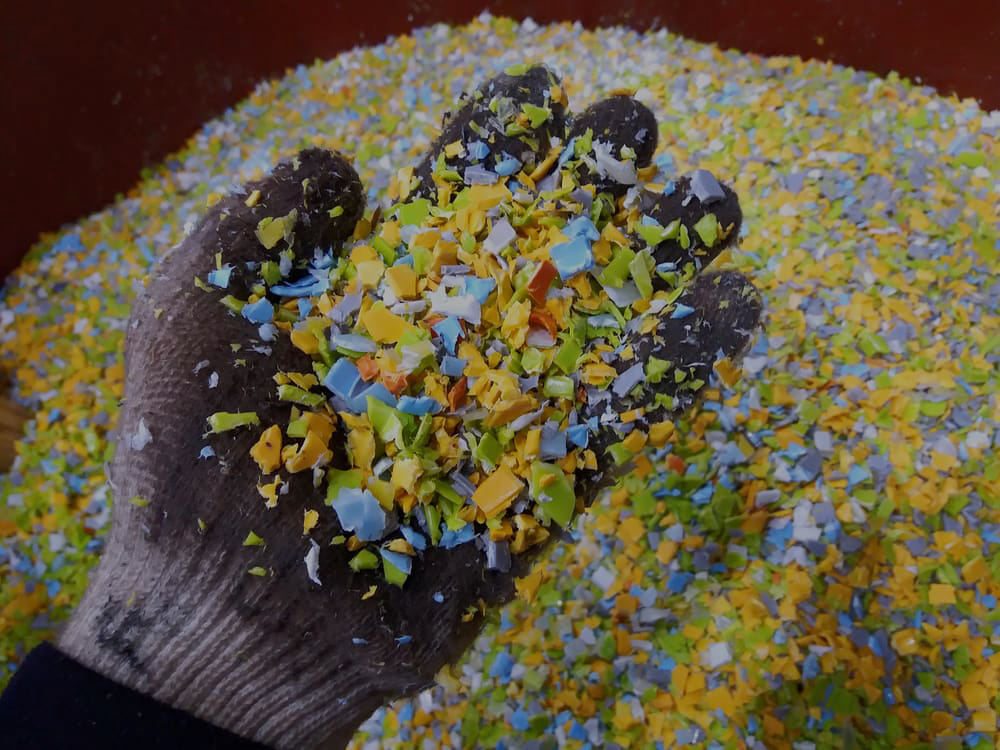

Originally published on fastradius.com on August 23, 2021
It’s never been more important to pursue sustainability in the manufacturing industry. According to NASA, 2016 and 2020 are tied for the warmest year on record, and May 2020 showed the highest levels of carbon dioxide (CO2) in the atmosphere ever in human history. In August 2021, the U.N. climate panel reported that a 1.5 degrees Celsius rise in temperatures is the most humanity could survive without massive upheaval – and a 1.1 degrees Celsius rise has already been recorded. Extreme weather events, drastic temperature changes, and rising sea levels are all further evidence of the very real dangers associated with global warming.
Sustainable manufacturing is a worthy pursuit from an environmental standpoint, and it’s also good for business. This year and beyond, customers will vote with their wallets for the companies offering high-quality parts and products that are easier on the planet. Here are five key sustainable manufacturing trends to watch.
Manufacturing with recycled materials reduces the amount of plastic in the world and brings us closer to sustainable production. Plus, manufacturers can reduce operating costs and energy-related expenses by using recyclable materials.
To recycle plastic, the virgin plastic must be sorted, cleaned, cut into pellets, and then prepared for testing and labeling. At this stage, the plastic is known as rGrade plastic, which can be reused in manufacturing if virgin plastic is added. For rGrade plastic without added virgin plastic, further processing is required for manufacturing. With increased focus on sustainability across the manufacturing industry, researchers and industry leaders will continue to refine this process to produce rGrade plastic that incorporates even less virgin plastic material and reduces plastic waste.
Bioplastics are new, more eco-friendly alternatives to petroleum-based plastics. They can be made from natural resources such as corn, seaweed, sugarcane, or even shrimp shells. Most bioplastic products are biodegradable, meaning they will break down in natural environments and leave behind only biomass, carbon dioxide, and water. Bioplastics that aren’t biodegradable or completely made from natural materials can still be produced through sustainable plastic manufacturing methods. Increasing use of bioplastic materials is a small step toward sustainability that can have an impact.
Many manufacturers are shifting away from a “take, make, and throw away” mentality to move toward a circular economy. In a circular economy, waste is considered a valuable resource, and companies investigate new and more efficient ways to extend products’ useful life. This can be done at the design level, emphasizing recyclable and biodegradable materials over virgin ones. It can also happen at the supply chain level.
For example, in service models where products are leased instead of sold, they can be more easily refurbished, remanufactured, or recycled by the manufacturer when they break down. These efforts help businesses increase value and meet customer needs while generating less waste and limiting the production of single-use plastics.
By taking advantage of larger sustainability trends, manufacturers can explore more opportunities to reduce their environmental impact. Many manufacturers today are swapping out damaging materials for more eco-friendly ones whenever they can, reducing emissions throughout the supply chain, and targeting water use through water reclamation plans. Energy conservation programs based on water energy, solar energy, or other renewable energy sources are also helping manufacturers reduce their negative impact on the environment.
Digitally enabled manufacturing offers new opportunities for businesses to optimize production for sustainability. From using IIoT in factories to minimize errors to leveraging digital inventory that allows for parts to be produced on-demand, Industry 4.0 solutions can make a big impact on reducing the waste associated with traditional manufacturing. Plus, digital design tools help designers make stronger, lighter parts that use less material and fewer resources to transport.
At SyBridge, our Cloud Manufacturing Platform™ – an end-to-end solution that integrates design, production, and fulfillment operations through a common digital infrastructure – gives individuals and organizations more opportunities and options to make sustainable manufacturing choices.
Sustainable manufacturing is not just a trend — it’s an obligation we have to our planet and its future inhabitants. By using recyclable materials and bioplastics, adopting the circular economy and digital manufacturing, and implementing renewable energy throughout operations, manufacturers can bring sustainability into manufacturing now.
At SyBridge, we’re committed to helping our partners create high-quality components with sustainability in mind. Contact us to learn more about how we’re helping businesses leverage more sustainable manufacturing processes or if you’re ready to start your next project.
Forget typical cycle times. We're pushing the boundaries of conformal cooling. While traditional approaches deliver…
Forget typical cycle times. We're pushing the boundaries of conformal cooling. While traditional approaches deliver…
From left to right: Brayden Janak (apprentice); Logan Vifaquain (CNC machining, Programming and CMM); Ron…
SyBridge Technologies is proud to announce we have been awarded the 2023 General Motors Supplier…
Today, designers and engineers are accustomed to working with digital tools in their day-to-day jobs.…
Optimizing Your Injection Molding Process for Cost-Effective Manufacturing Excellence In today’s competitive landscape, manufacturers are…